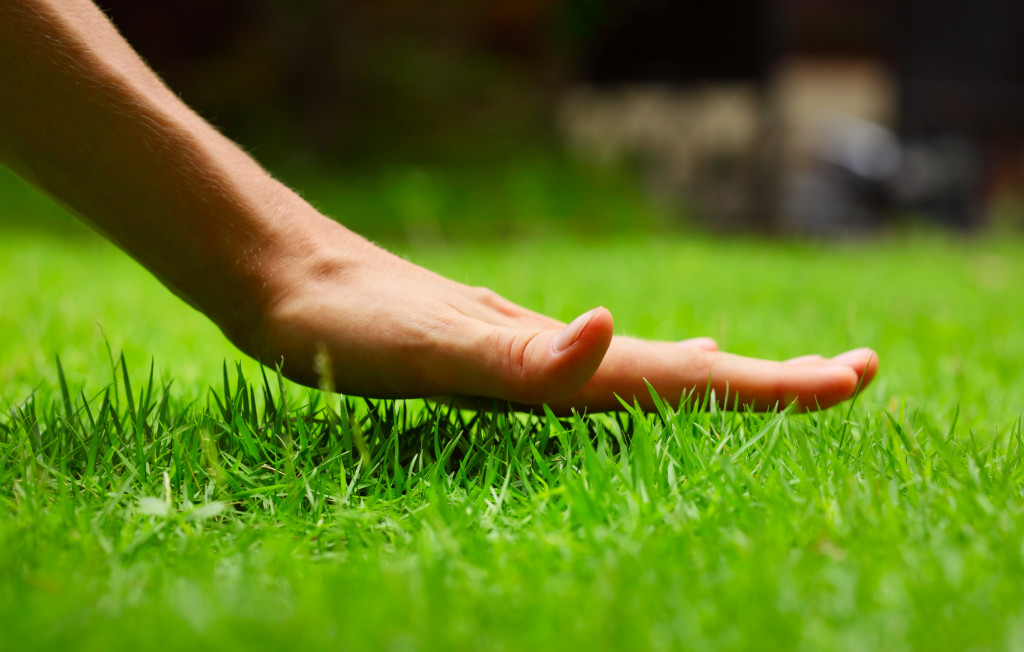Erosion is a natural geological process. But that doesn’t mean we can’t mitigate its effects. Soil erosion doesn’t just damage property but possibly take lives as well.
Three elements can cause erosion: liquid water, wind, or ice. Liquid water erosion can result in a landslide, which leaves devastating damage. On the other hand, wind erosion can develop into a dust storm, another natural disaster with destructive potential. And lastly, ice erosion usually occurs in the form of glaciers.
Those three erosion forces are something you don’t want to hear when building a home or moving into a new one. But if your dwelling sits on a sloped hill or any erosion-prone area, your risk for a landslide, in particular, can be high.
Below are some safety measures against soil erosion:
1. Direct Run-off Away from Your Home
Water can compromise the integrity of your foundation. If heavy rains are common in your area, install a roof gutter, and position your downspouts in a way that would prevent runoff from reaching your foundation. The water should be drained at least five to ten feet away from your house. Also, your gutters should go on the long end of the eaves, not on the gable ends.
2. Know Your Risks
Some activities in your property or near your property can increase your risks for erosion. Construction is one of them. Building houses or roads churns up the ground and exposes the soil to erosion. This is especially true if the soil used to be a forest or grassland. When the soil in such places is disturbed, the wind can erode them.
Recreational activities such as off-road driving are another risk factor. If soil is continuously disturbed by wheels, it becomes a bare patch, leaving it vulnerable to erosion. In some delicate landscapes, even hikers’ boots can disturb the soil. Hence, if you live in a hiking or recreational zone, be on the lookout for people going out of their trail. The bare patches on the ground must stay far from your property.
3. Keep the Soil Covered

Since bare patches of soil increase erosion risks, keeping it covered does the opposite. If you live on sloped land, have your yard professionally landscaped. Cover the soil with lush grass and include timbers, pavers, rocks, or gravel in the space. These decorative features can firm up your soil and make it resilient against erosion forces.
4. Try Hydroseeding
Quality hydroseeding is a popular erosion control method in construction sites. But it has plenty of residential uses as well. Hydroseeding is also called hydraulic mulch seeding. It is basically planting seed over a large area using a high-pressure hose. When sprayed, the seeds are in water-based grass, containing mulch, fertilizer, and lime. As such, it saves you time and effort if you have a large space to work on.
What’s more, you can also use the hydroseeding hose to plant wildflowers and groundcovers. This will be particularly helpful if the ground you’d be working on is sloped, and therefore a safety hazard. However, the ground needs to be tilled or irrigated before hydroseeding. Otherwise, the procedure might not be effective.
5. Install a French Drain
Installing a French drain will boost the effects of your gutter and downspouts. It works best on homes with a raised floor foundation, the footings of which are below ground level. Ensure that the trench has a 3% to 5% downslope so that water can flow away from your house.
6. Maintain Your Drains
Clogged drains are the perfect recipe for floods and erosion. Ensure that dirt and debris are away from your drains and gutters. During fall, check your roofs often and clean your gutters after the leaves have fallen. Similarly, during the winter, go up to your roof when it’s safe to do so to ensure that frost hasn’t blocked your gutters.
7. Plant Trees and Shrubbery
Since planting trees and shrubs help prevent floods, it can also keep erosion at bay. Plant sturdy trees near slopes or shorelines, and adorn them with shrubbery. Covering the soil with grass alone isn’t enough. Grass can’t stop erosion on slopes.
8. Build a Retaining Wall
You shouldn’t skip a retaining wall if your house stands on a slope. If you don’t have a retaining wall yet, go for terraces or any other mid-yard structure in the meantime. Ensure that it’s sturdy. These structures prevent water from making your yard soggy and prone to erosion.
The earth loses a small portion of its topsoil every year, and without erosion control, it may lose even more and faster. So even if you’re preventing erosion in your home, your efforts can already make a huge difference in your area.

